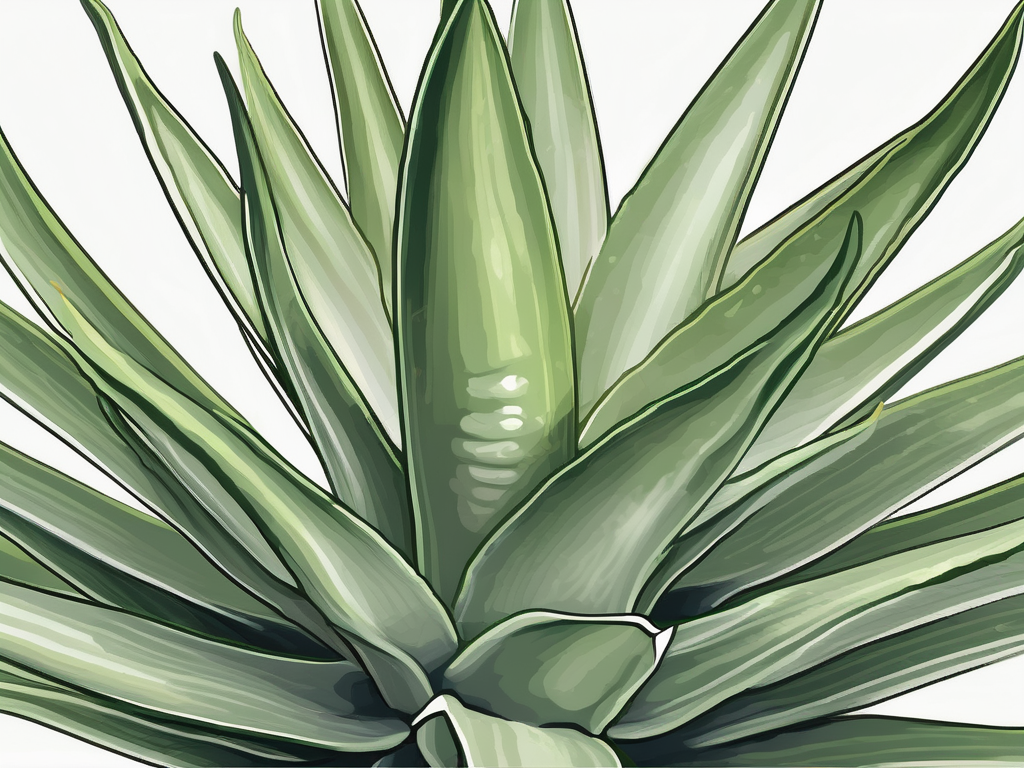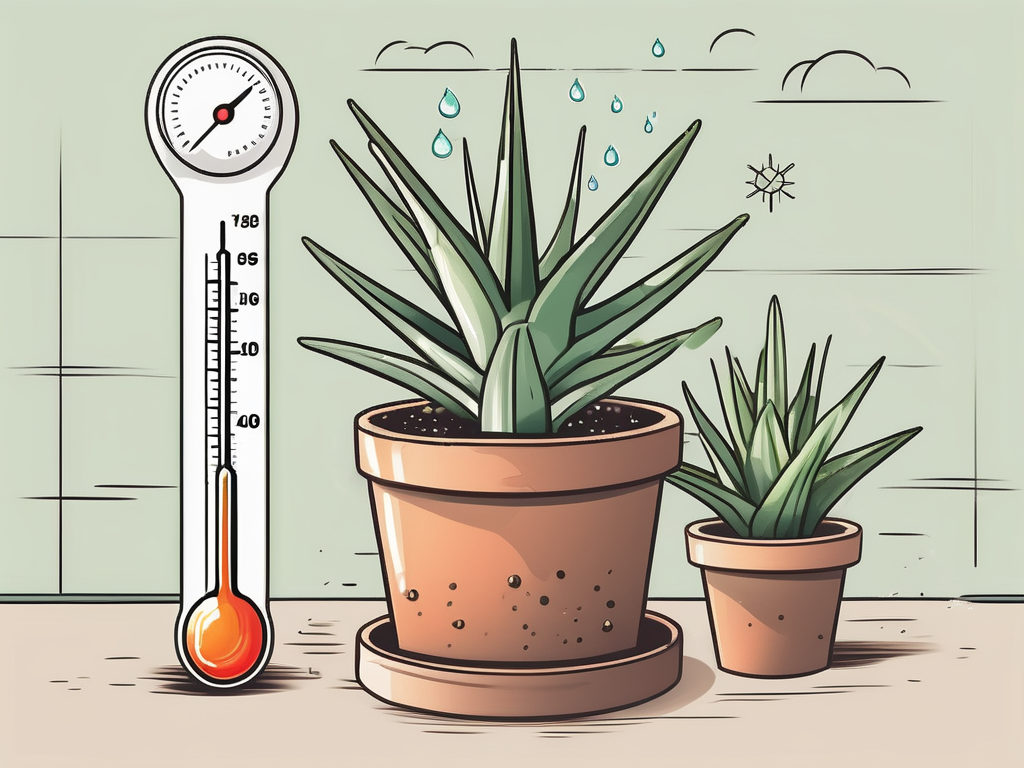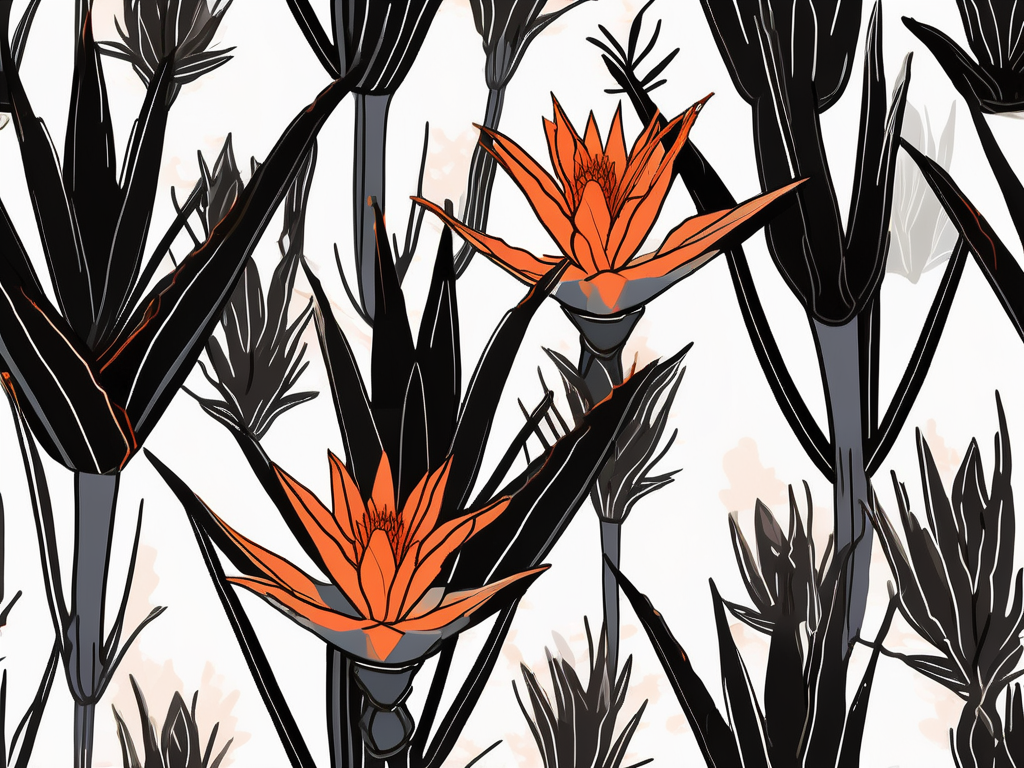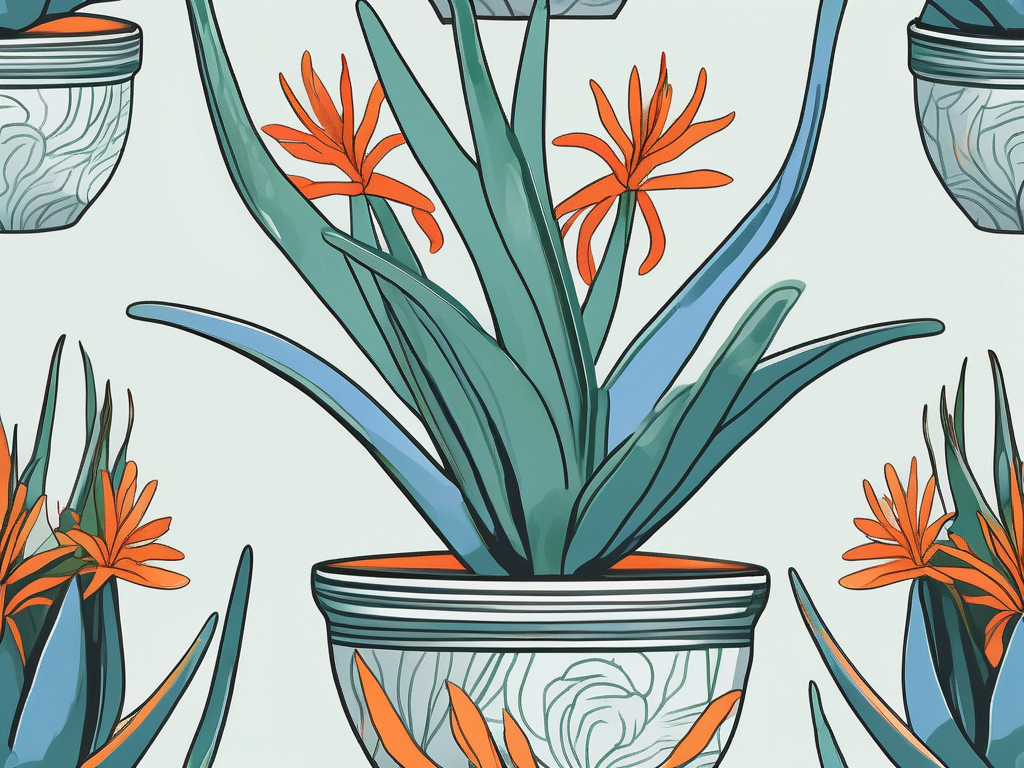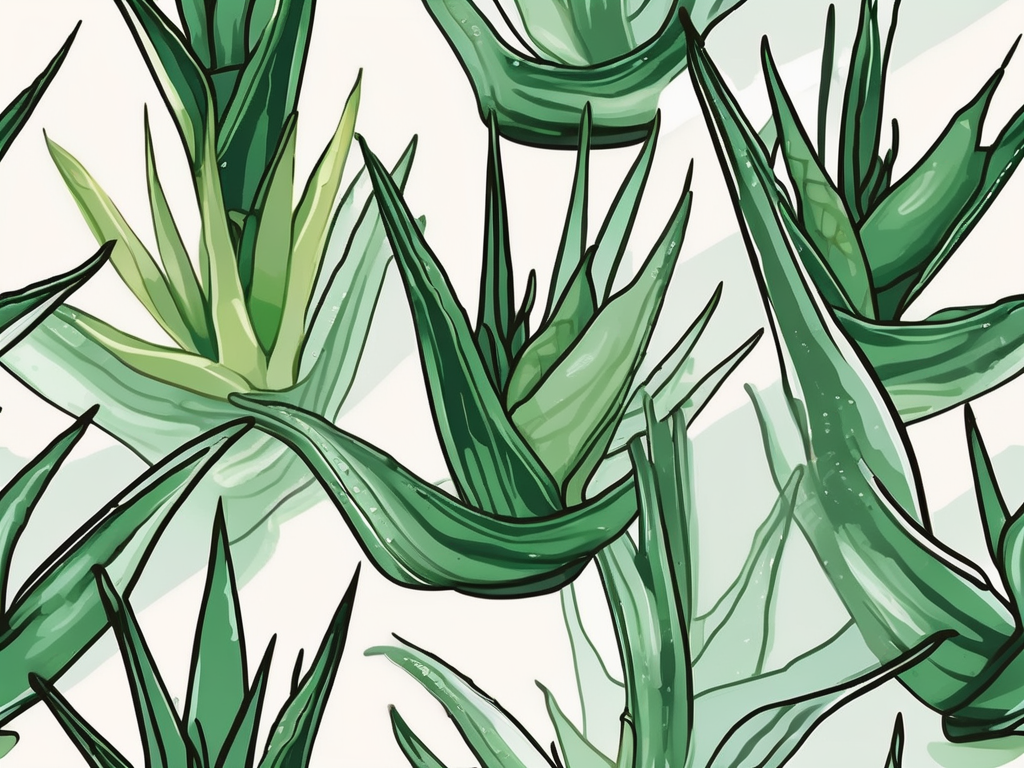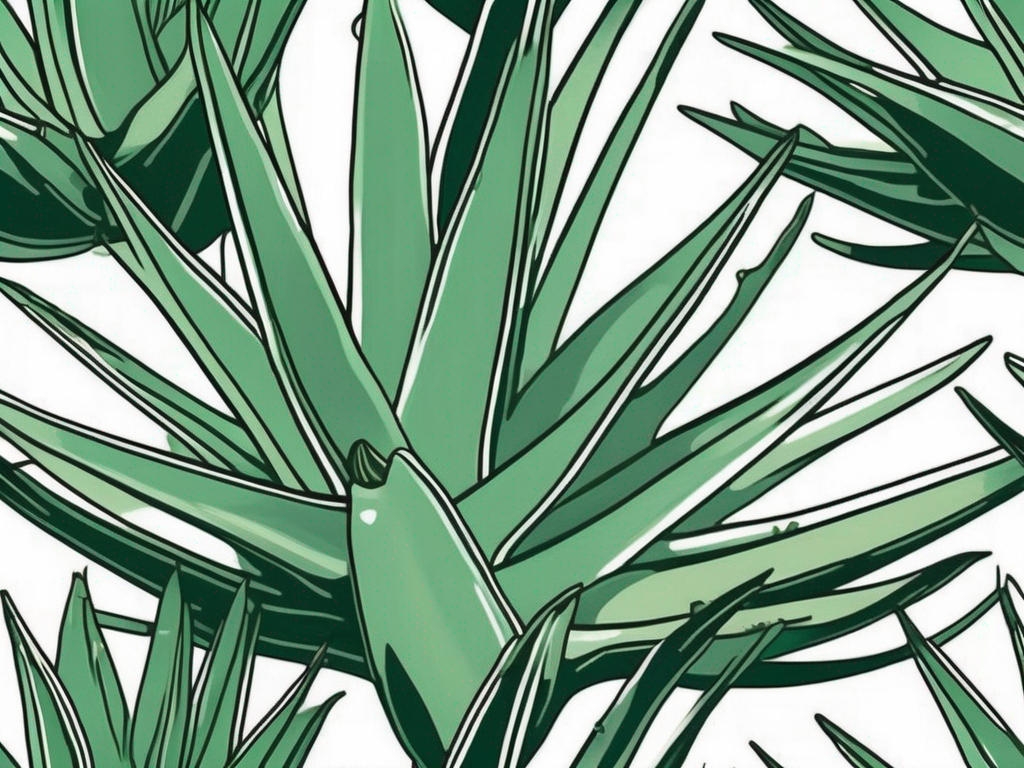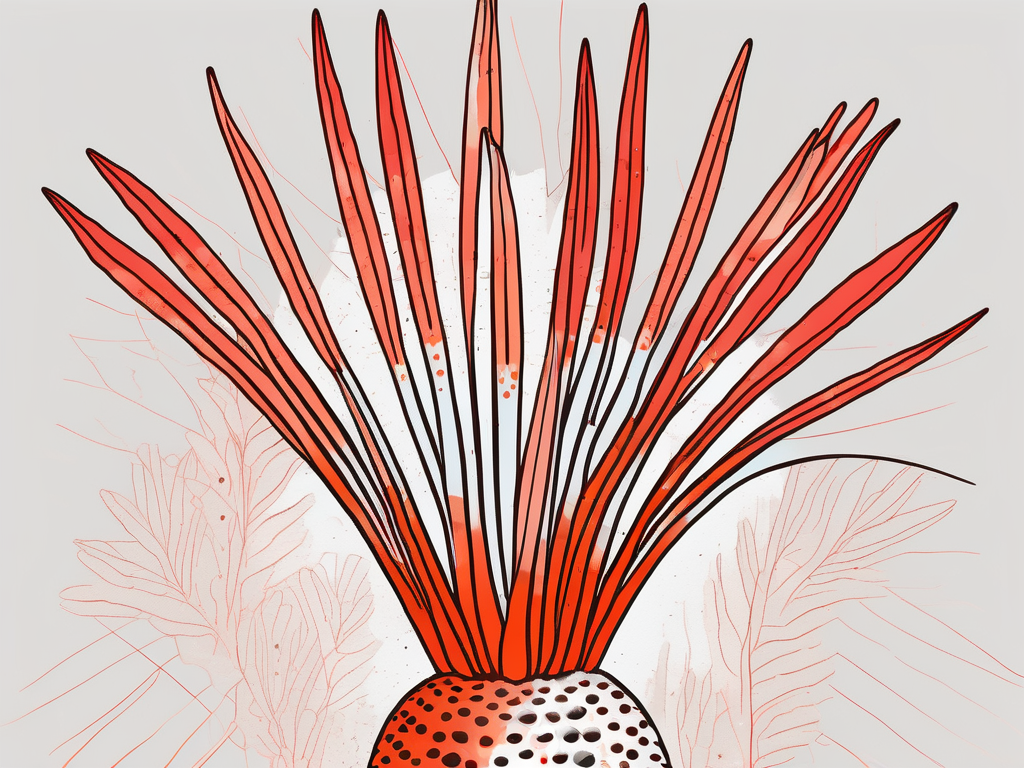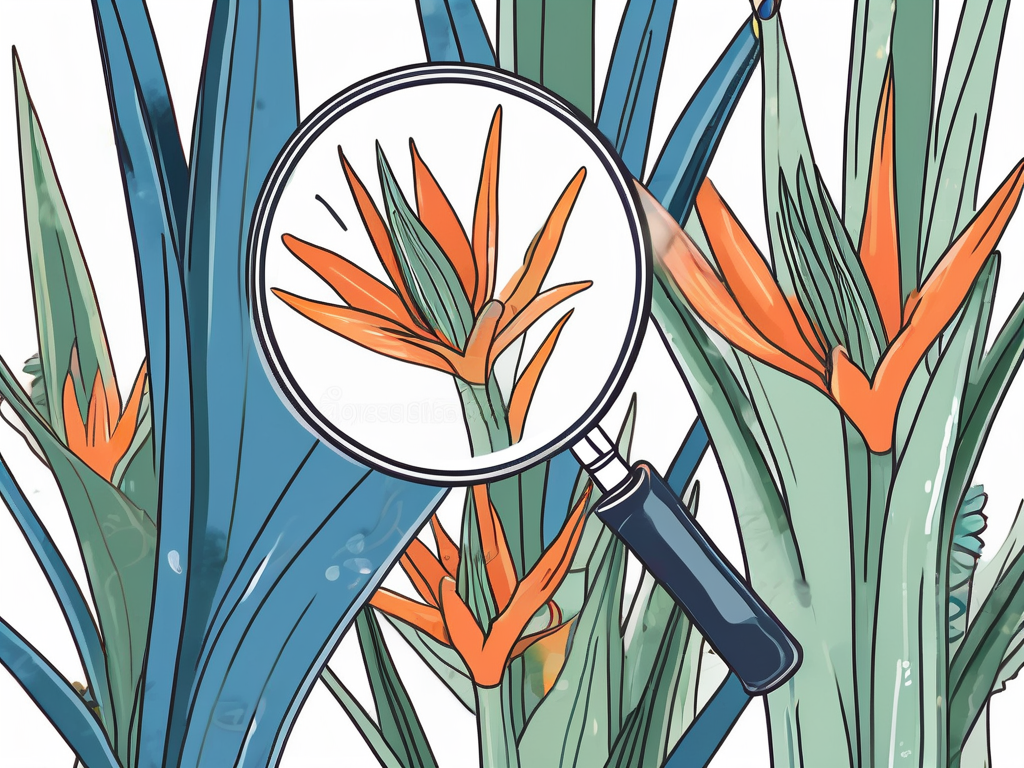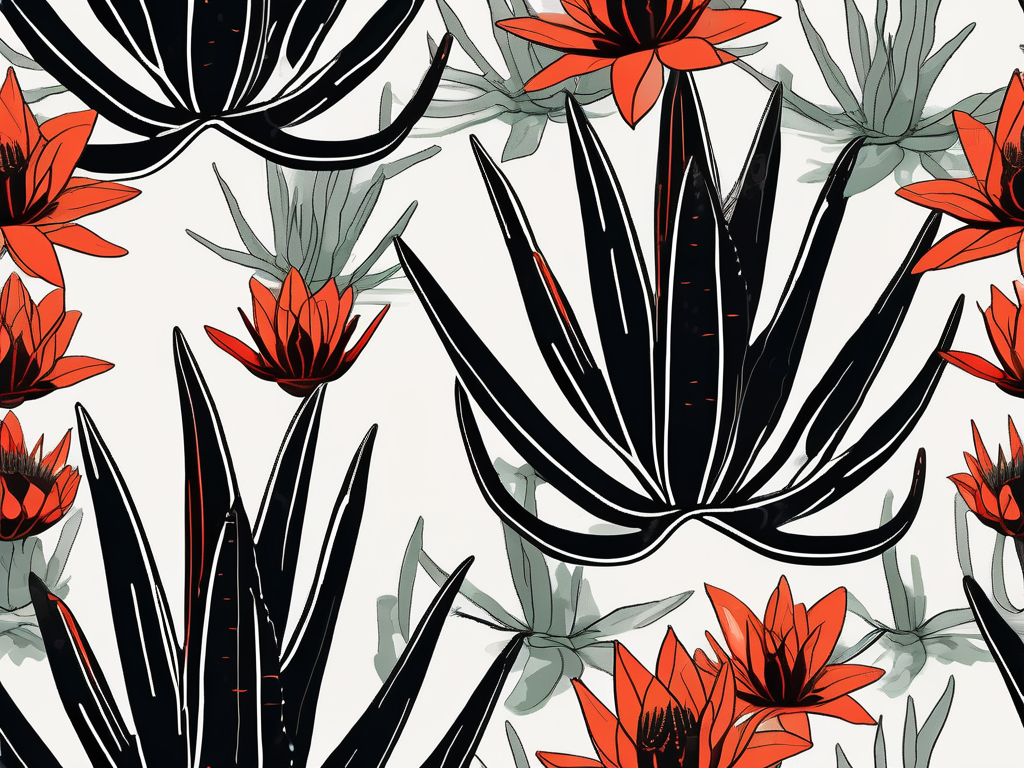
Picture a plant so striking it seems almost otherworldly. Its dark, glossy leaves make it a standout in any room, catching the eye with their unique beauty. This is the Black Gem Aloe, a fascinating plant that has captured the hearts of many plant lovers. Its scientific name holds a story that not only unveils its botanical identity but also offers a glimpse into the plant's origins and characteristics.
In this article, we're going to take a closer look at the Black Gem Aloe, exploring its scientific name and what it reveals about this captivating plant. Along the way, we'll delve into its care requirements, how it fits into interior design, and why it might just be the perfect addition to your plant collection. So, grab a cup of tea, get comfortable, and let's embark on this leafy journey together.
What's in a Name? Understanding Scientific Names
Before we dive into the specifics of the Black Gem Aloe, it's helpful to understand why scientific names are important. In the world of plants, these names aren't just fancy Latin words. They're a universal language that helps plant people, researchers, and horticulturists communicate about plants without the confusion of common names, which can vary widely across different regions and cultures.
Scientific names follow a binomial nomenclature system developed by Carl Linnaeus in the 18th century. This system uses two names: the genus and the species. The genus is like a surname, grouping plants that are closely related, while the species identifier pinpoints the exact plant. For example, in Aloe x 'Black Gem', "Aloe" is the genus, and "x 'Black Gem'" indicates a specific hybrid cultivar.
But why does this matter to you, the plant lover? Knowing a plant's scientific name can open the door to a wealth of information. It helps you understand its care needs, identify potential pests and diseases, and even discover interesting tidbits about its history and development. It's like having a plant's entire biography at your fingertips.
The Botanical Identity of Black Gem Aloe
Now that we've covered the basics, let's get to know the Black Gem Aloe. Officially known as Aloe x 'Black Gem', this plant is a hybrid, meaning it's a cross between two or more different Aloe species. This hybridization process is what gives the Black Gem its unique, dark appearance, setting it apart from other Aloe varieties.
The "x" in its name is important. It signifies that the Black Gem isn't a naturally occurring species but rather a man-made hybrid. This distinction is crucial for understanding its care requirements and growth habits, which may differ from its parent species.
Interestingly, the Black Gem Aloe's specific parentage is often a mystery, as hybridization can involve multiple species. However, what we do know is that this plant inherits the best traits from its Aloe lineage, making it a hardy and visually stunning choice for both novice and experienced plant people alike.
Caring for Your Black Gem Aloe
So, you've decided to invite a Black Gem Aloe into your home. Great choice! These plants are known for their low-maintenance nature, but like any plant, they do have their preferences. Here’s how you can keep your Black Gem happy and healthy:
- Light: Like many succulents, Black Gem Aloes love bright, indirect light. A spot near a sunny window is ideal, but they can also tolerate some direct sunlight. Just be cautious of scorching in particularly hot climates.
- Water: The rule of thumb with succulents applies here: less is more. Allow the soil to dry out completely between waterings. Overwatering is the most common mistake and can lead to root rot.
- Soil: A well-draining soil mix is non-negotiable. Consider a cactus or succulent mix, or create your own by adding sand or perlite to regular potting soil.
- Temperature: These plants prefer warmer temperatures, ideally between 65-80°F (18-27°C). They’re not frost-tolerant, so if you live in a cooler climate, keep them indoors during the winter months.
With these basic care tips, your Black Gem Aloe should thrive, adding a touch of elegance to your space with its sleek, dark foliage.
Black Gem Aloe in Interior Design
Now that your Black Gem Aloe is thriving, let's talk about how it can enhance your home's aesthetic. With its striking appearance, this plant can be a focal point in your interior design, adding texture and contrast to your decor.
Consider placing your Black Gem Aloe in a decorative pot that complements its dark leaves. Metallic or light-colored pots can create a beautiful contrast, while earthy tones can provide a more natural, cohesive look. The choice is yours, depending on your personal style and the overall theme of your space.
Beyond just aesthetics, plants like the Black Gem Aloe can improve the mood and air quality of your home. They’re known for their air-purifying qualities, which is a nice bonus, especially in urban environments where air quality can be a concern.
If you’re looking to create a plant-filled oasis, consider pairing your Black Gem Aloe with other succulents or low-maintenance plants like snake plants and pothos. This combination can create a lush, green corner that’s easy to care for and visually appealing.
Common Issues and How to Solve Them
No plant is without its challenges, and the Black Gem Aloe is no exception. However, with a little know-how, you can tackle any issues that arise. Here are some common problems and how to address them:
- Overwatering: As mentioned earlier, too much water can lead to root rot. If you notice your plant's leaves are mushy or turning brown, it's time to adjust your watering schedule. Ensure the pot has proper drainage, and let the soil dry out before watering again.
- Pests: While relatively pest-resistant, Black Gem Aloes can occasionally attract mealybugs or spider mites. If you spot these critters, treat the plant with insecticidal soap or a diluted neem oil solution.
- Sunburn: If your Aloe is getting too much direct sun, you might notice brown or white spots on the leaves. Move it to a location with filtered light to prevent further damage.
By staying vigilant and addressing these issues promptly, you can ensure your Black Gem Aloe stays healthy and continues to shine in your home.
Propagating Black Gem Aloe
If you’re eager to expand your plant collection or share the joy of owning a Black Gem Aloe with friends, propagation is a great option. While this plant doesn’t produce offsets (baby plants) as readily as some other succulents, it can still be propagated with a little patience and care.
Here’s a simple method to try:
- Leaf Cuttings: Carefully select a healthy leaf from your Black Gem Aloe. Using a clean, sharp knife, cut the leaf close to the base. Allow the cutting to dry and callous over for a few days.
- Planting: Once calloused, plant the cutting in a pot with well-draining soil. Water lightly and place in indirect light.
- Patience: Aloe propagation can take time. Be patient, and resist the urge to overwater. New growth may take several weeks to appear.
With some perseverance, you can successfully propagate your Black Gem Aloe, adding to your collection or gifting a new plant to a fellow plant lover.
The Benefits of Adding a Black Gem Aloe to Your Home
Beyond its visual appeal, the Black Gem Aloe offers several benefits that can enhance your living space. For starters, its compact size makes it an ideal choice for small apartments or homes with limited space. You can easily place it on a windowsill, desk, or bookshelf without worrying about it taking over your room.
Additionally, the Black Gem Aloe is known for its air-purifying properties. Like other Aloe species, it can help remove toxins from the air, contributing to a healthier indoor environment. This can be especially beneficial in urban settings, where outdoor air quality might not be the best.
Finally, the Black Gem Aloe is a low-maintenance plant, making it perfect for busy individuals or those new to plant care. With its forgiving nature and simple care requirements, it’s a plant that can thrive with minimal effort, providing a sense of accomplishment and joy to its owner.
Black Gem Aloe and Its Place in Aloe History
The Aloe genus is ancient, with a history that stretches back thousands of years. Aloes have been used for medicinal purposes, cosmetic applications, and as ornamental plants for centuries, and the Black Gem Aloe is a part of this rich lineage.
While the Black Gem Aloe is a modern hybrid, its Aloe roots connect it to a long tradition of plant cultivation and appreciation. Understanding this history can deepen your connection to the plant, adding a layer of meaning to its presence in your home.
Throughout history, Aloe plants have been valued for their resilience and adaptability. The Black Gem Aloe carries these traits forward, offering a glimpse into the past while thriving in contemporary living spaces.
Finding Your Black Gem Aloe
Ready to bring a Black Gem Aloe into your home? Finding one is easier than you might think. Many local nurseries and garden centers carry a variety of Aloe species, including the Black Gem. If you prefer shopping online, reputable plant shops often offer this plant for delivery, allowing you to skip the hunt and have it delivered right to your doorstep.
When selecting your Black Gem Aloe, look for plants with firm, healthy leaves and a compact growth habit. Avoid those with mushy leaves or an overly dry appearance, as these may indicate poor health or improper care.
Once you've found your perfect plant, all that's left is to bring it home and enjoy the beauty and benefits it brings to your space.
Final Thoughts
The Black Gem Aloe is more than just a pretty plant. Its scientific name tells a story of hybridization and botanical identity, while its care requirements and aesthetic appeal make it a lovely addition to any home. With a little attention and care, this unique Aloe can thrive, bringing beauty and a touch of nature indoors.
If you're ready to explore the world of plants further, Cafe Planta is here to help. We offer a variety of houseplants, plant care accessories, and plant-themed apparel. For any plant care questions, feel free to email us or reach out on Instagram. Whether you're new to plants or a seasoned plant parent, we're excited to share our love of greenery with you!














